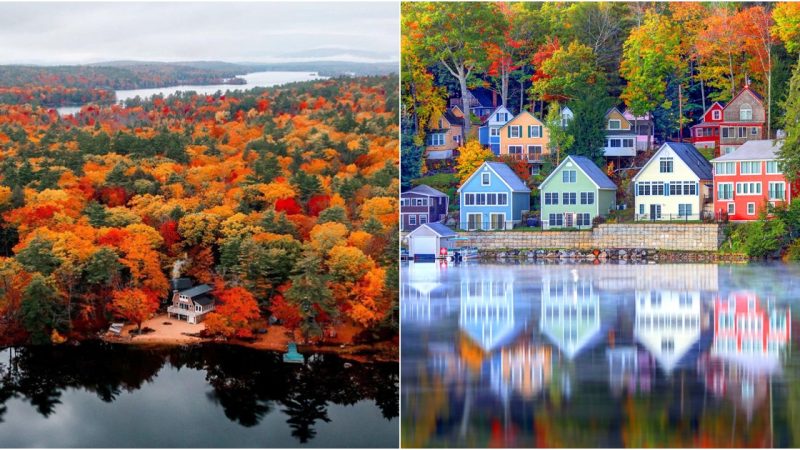Conquering Unforgiving Landscapes: The Allure and Success of Housing Development in Adverse Zones
Human beings have an intriguing propensity for establishing dwellings in environments that appear inhospitable and precarious. Whether nestled on the precipice of cliffs or nestled within the embrace of volcanic slopes, these high-risk habitats possess an enchanting allure that captivates the human spirit. Despite the apparent paradox of selecting such locales for habitation, there are numerous rationales behind the magnetic pull that compels individuals to construct their abodes in these perilous terrains.
One of the foremost reasons behind this inclination is the mesmerizing beauty that frequently accompanies these hazardous landscapes. Picture a dwelling perched on a cliff’s edge, commanding a view of boundless expanses of ocean, or a residence nestled amid towering peaks. The theatrical scenery and sweeping vistas offered by these settings are matchless. The sheer grandeur of the surroundings gives rise to a sense of awe and serenity, rendering them an irresistible choice for those in pursuit of an extraordinary and awe-inducing living experience.
Moreover, the allure of challenge and excitement associated with residing in treacherous regions can be a significant motivating factor. Humans possess an innate thirst for adventure and a propensity to push their limits. The act of erecting a dwelling in a hazardous location can be viewed as a thrilling enterprise, an experiment in testing one’s mettle and resourcefulness. It evolves into a testament to human inventiveness and adaptability under extreme circumstances. The gratification and sense of achievement derived from successfully establishing a residence in such areas can be immeasurable.
Additionally, certain hazardous regions offer natural resources or geographical advantages that render them alluring for settlement. Take, for instance, volcanic zones that often boast fertile soil ideal for cultivation, or coastal regions that provide convenient access to fishing and maritime trade. These practical benefits, coupled with the allure of the surroundings, create a compelling incentive for individuals to brave the associated risks and fashion their homes in these localities.
Nevertheless, it is crucial to acknowledge the potential drawbacks and hazards linked to dwelling in perilous locations. Natural catastrophes such as landslides, earthquakes, or hurricanes pose substantial threats to both life and property. Hence, the need for comprehensive disaster preparedness and mitigation strategies becomes paramount. Employing robust construction materials, instituting early warning systems, and formulating effective evacuation plans become indispensable to ensure the safety and well-being of inhabitants.
In summation, the magnetism of erecting residences in dangerous places is underpinned by a fusion of factors. The allure of spellbinding beauty, the allure of adventure, and the presence of valuable resources all contribute to this phenomenon. While the perils associated with inhabiting such regions cannot be ignored, proper planning and preparation can empower individuals to erect resilient homes and communities that embrace the unique challenges posed by their surroundings.
Hits: 5














